Level Up Your Play with These Gaming Headsets from Bonafide Audio Companies
A good set of headphones can really draw you into a game, especially if it allows you to play at higher volumes without waking your neighbors. But a lot of gaming headsets are, shall we say... lackluster, especially if you want them to double as music-listening headphones.
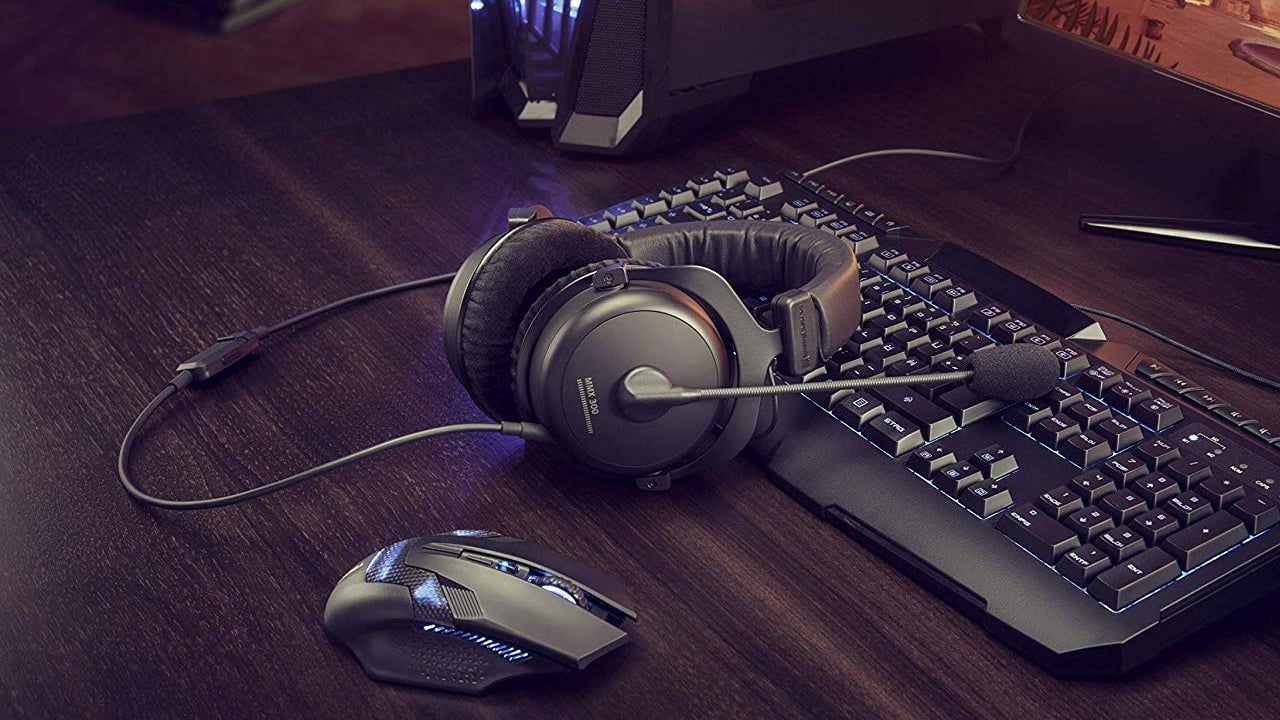
A good set of headphones can really draw you into a game, especially if it allows you to play at higher volumes without waking your neighbors. But a lot of gaming headsets are, shall we say... lackluster, especially if you want them to double as music-listening headphones.
Suggested Reading
There are some decent affordable gaming headsets out there (the HyperX Cloud Alpha and Cooler Master MH-751 come to mind), but many gaming headsets come with crappy sound and unnecessary features, like virtual surround sound (which I almost never find useful or enjoyable), which make them a less-than-great value. But in the past few years, actual headphone companies like Audio-Technica, Sennheiser, and Beyerdynamic have gotten into the gaming market, providing headsets with good sound quality, integrated microphones, and (in some cases) that trademark gamer aesthetic. I reached out to these companies to try out a few of their headsets to see how they stacked up—both to other gaming headsets I’ve tried, and their competing models for audiophiles.
Related Content
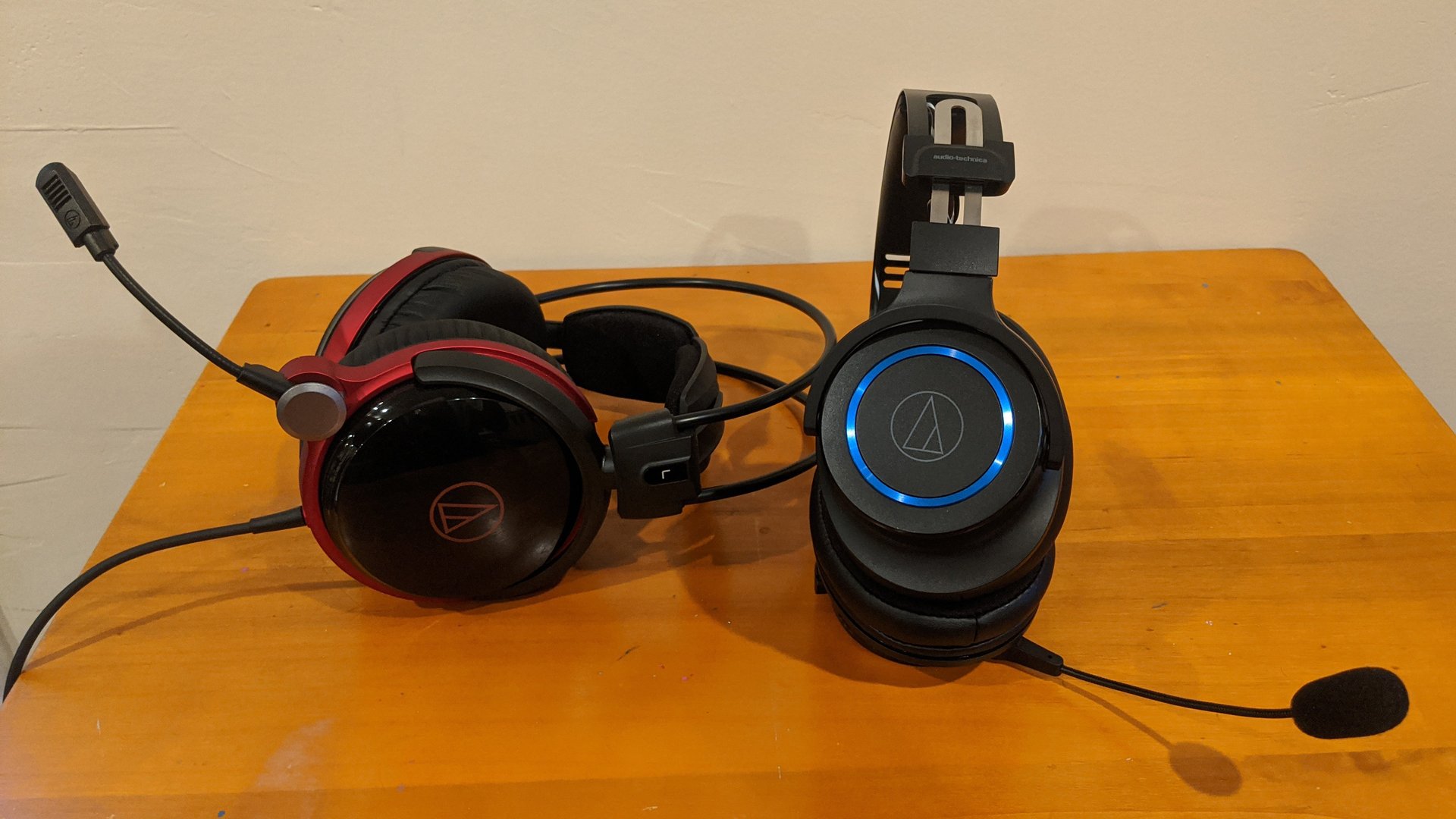
Audio-Technica is arguably the most hip and happenin’ of these three brands, due to the insane popularity of their ATH-M50x headphones. And if you’re familiar with the M50x, the $250 ATH-G1WL gaming headset will look very familiar to you: it’s the spitting image of its audiophile brother, albeit with a blue accent ring on the cup and a detachable, integrated boom microphone. It’s also wireless, so you can just plug the USB receiver in and play without worrying about wires (though you will have to charge it occasionally). If you have less to spend, the wired version runs closer to $170. It provides a good balance between music and gaming-friendly sound, with a bit of extra thump in the bass and pretty clear highs without being overly harsh. It’s also the only headset I tested that came with a virtual surround feature, if you like that sort of thing (I really don’t).
I also tried out Audio-Technica’s ATH-AG1X, which has larger, rounder ear cups and a floating, auto-adjusting headband. I found it sat a bit awkwardly on my head, though I know people who found it extremely comfortable as well, so as with all things audio-related, it depends on your specific preferences. Compared to the G1, its sound is a bit muddier, though its mic sounded a bit better. Unless you’re one of those people that find it insanely comfortable (which is tough given how comfortable the G1 already is), I think the G1 is probably a better choice.
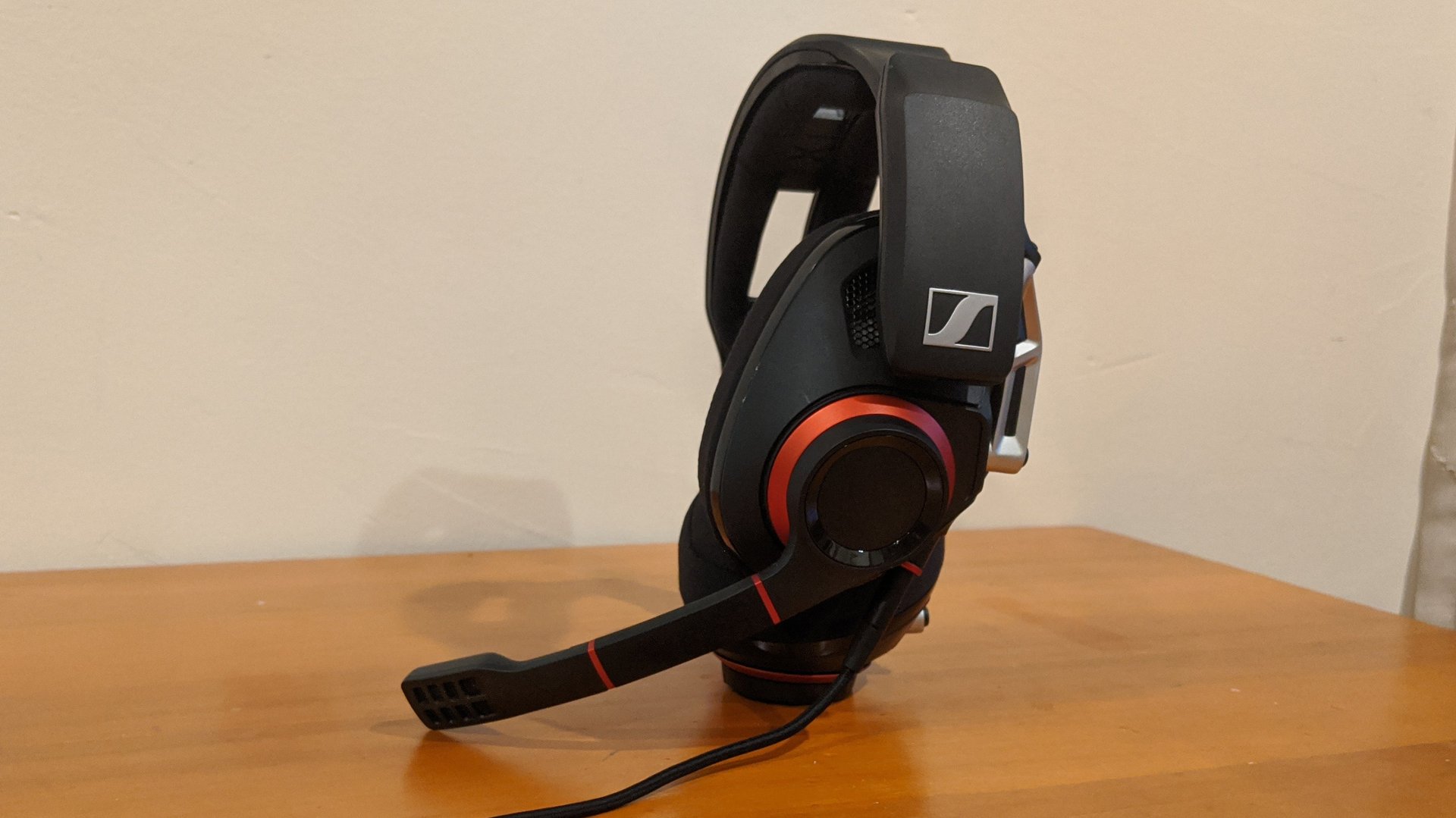
Sennheiser is one of my favorite headphone companies of all time, so I had even higher hopes for their line of gaming headsets. And they didn’t disappoint: the $150 GSP 500 is one fo the few open-backed gaming headsets I tested, and it’s a considerable improvement over typical closed-back options. You get a much better sense of space in-game, not to mention a more natural soundstage when listening to music (and music sounds great thanks to its fairly balanced sound signature). It does, however, mean other people will be able to hear your audio, so it’s not ideal if you’re gaming next to a sleeping spouse or something like that.
Sennheiser makes a number of other similar gaming headsets, too. The Sennheiser Game One is a similar, but slightly cheaper open-backed headsets with a more understated look. If you want something closed-back, the GSP 300 is a good option under $100, and the GSP 600 is their more expensive closed-back model. (Both have new wireless variants, the GSP 370 and 670, as well.)
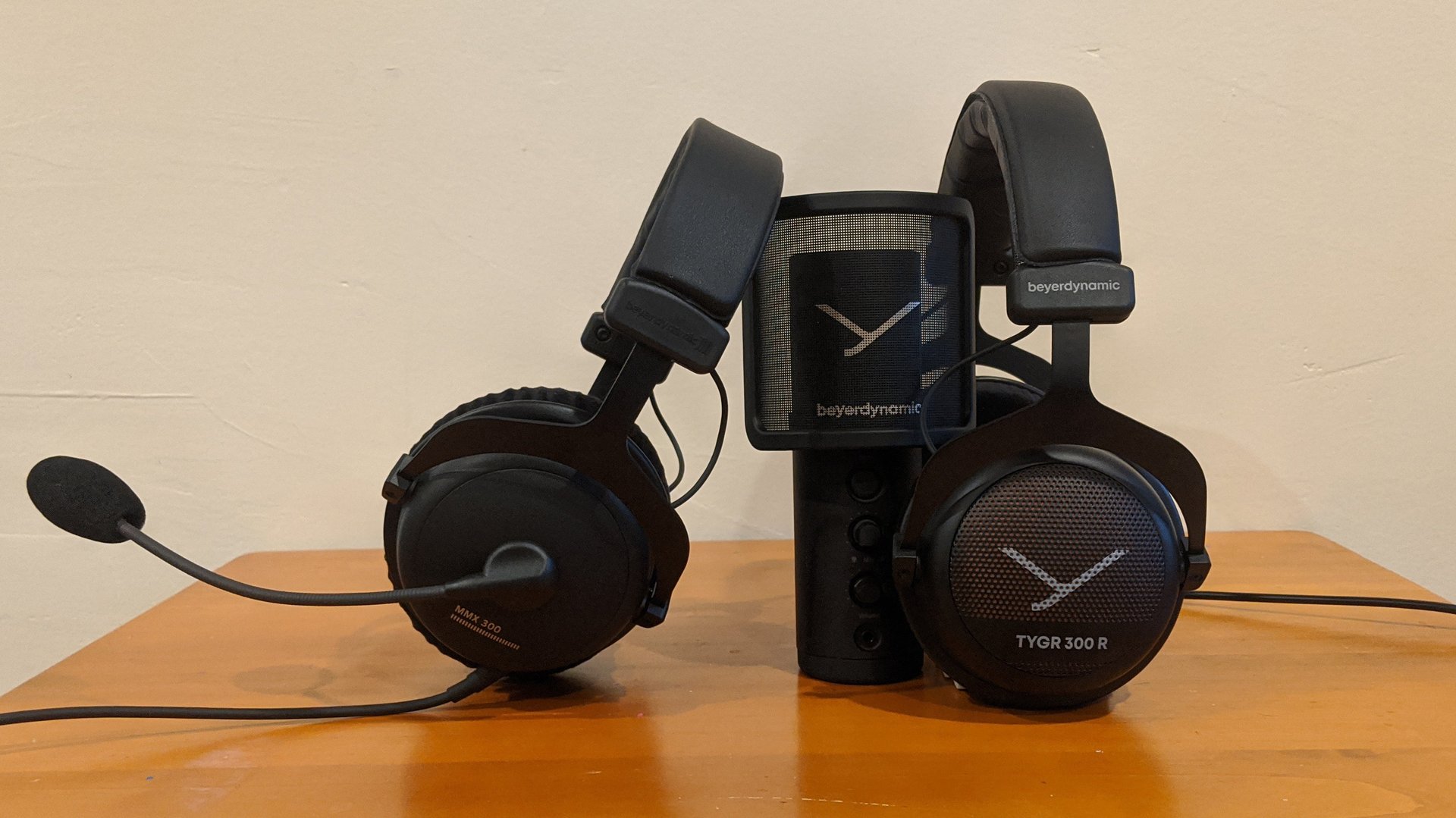
I get the feeling Audio-Technica and Sennheiser are trying to find the balance between gaming headset and audiophile headphones with their products. Beyerdynamic, on the other hand, appears to just be marketing audiophile headphones to gamers.
Their TYGR 300R was easily the least gamer-y of all the headphones I tested, with only a slight color accent under the earcup vents and a very balanced, audiophile-esque sound signature. They look and fit just like the DT 880, and their open-backed design keeps things from sounding too muffled (though the Sennheiser GSP 500 had a more noticeably wide soundstage). Its comfort alone made it my favorite of the bunch, though it comes with a detached, stand-up condenser microphone instead of an on-headset boom mic. That’s easily going to sound better, but it’s really intended for streamers and content creators, and might be a bit too intense and space-wasting for casual gamers.
Thankfully, the cheaper MMX 300 is a bit more traditional in this regard, with a flexible boom mic on the side—though it is closed-back, so you get a bit more boom in the low end and a bit less of that spacious, natural soundstage.
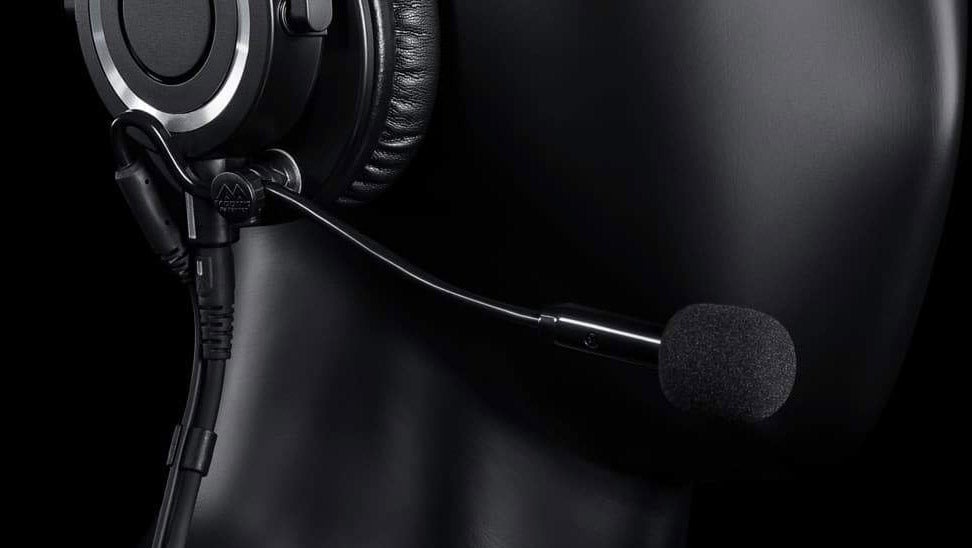
I enjoyed most of these headphones, but it’s hard to talk high-end gaming audio without mentioning the obvious: you don’t need a gaming headset unless you really want the gamer look (and virtual surround, where applicable). Any audiophile headphone can be turned into a gaming headset with the ModMic, an attachable boom microphone that comes in wired, USB, and wireless varieties. We’ve reviewed the ModMic here, so I won’t go into too much detail, but it sounds great—better than most of the mics on this list (which are all of middling quality unless otherwise noted)—and is pretty universally compatible with whatever headphones you want.
Most of the headphones on this list sound quite good, and I’d take them over just about any other gaming headset I’ve tried. But for my money, I’d probably still choose their audiophile, non-gaming counterparts—like the ATH-M50x, the HD 599, or the DT 880—with a ModMic attached. That said, the ModMic does require an extra cable (or, in the case of the ModMic Wireless, an extra battery to charge) so it isn’t perfect, and dedicated gaming headsets offer a little less hassle. If you want something plug-and-play with a fun “gamer” look, these companies are putting out some headsets that are actually worth their salt.
